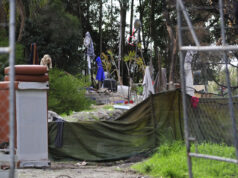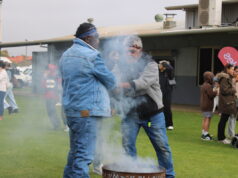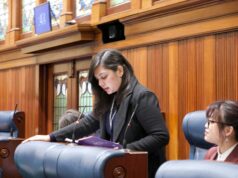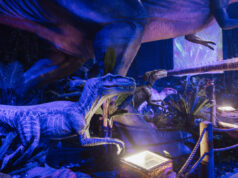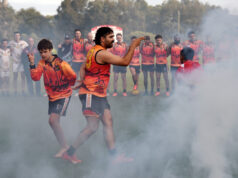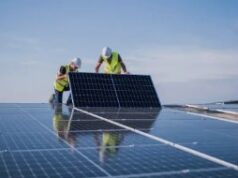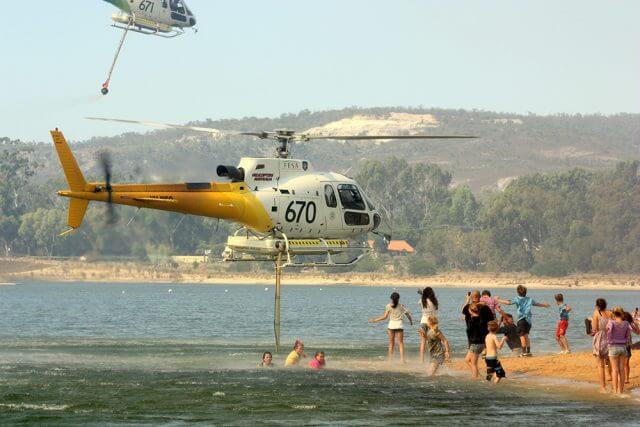
Kelmscott Roleystone bushfire disaster recovery coordinator Ken Brown has called for the installation of diesel generators at hills water pumping stations so firefighters didn’t lose water from hydrants when battling fires like they did in 2011.
There were 38 pump stations in the Perth hills region including 17 in the cities of Gosnells and Armadale and the Shire of Serpentine Jarrahdale.
All of the stations required mains power to operate, which was intermittent during bushfires because of damage to infrastructure.
Recommendation 41 in the Keelty report following the 2011 fires called on western power and the water corporation to work together to better protect power supply to water pumping stations during fires.
Mr Brown said some houses could have been saved during the 2011 fire if water did not stop pumping to hydrants like it did around Scott Road.
“A number of the houses that got burnt, there were hydrants out the front of the house on the road but as soon as the firefighters hooked it up there was no water,” he said.
Mr Brown helped prepare the City of Armadale’s disaster plan in the 1980s and said they prepared assembly points like the Roleystone hall to use generators while the power was out.
He said they could be set up safely at water pumping stations.
“They would be diesel operated which is not explosive like petrol is,” he said.
“All they would need to do is keep their pumping station clear and there are fire shields you could put around.
“The risk is greater to houses when firefighters don’t have water to fight the fire.”
A water corporation spokeswoman dismissed the idea and said diesel generators would also be vulnerable in the event of a bushfire.
“They would not be immune to damage or can be affected by the extreme heat generated by a bushfire,” she said.
“Storing diesel at the pump stations would also add to the potential fuel for a bushfire.”
She said while they were working with western power and had completed work like clearing area around their infrastructure they were still not able to guarantee scheme water supply during a fire so property owners should be prepared.
“Water infrastructure is not immune to damage from bushfires or power outages so it’s important those living in or near bushland ensure they have an independent water supply and pumping capability if they choose to stay and defend their homes during a bushfire,” she said.
Western power head of network operations Shane Duryea said western power identified critical infrastructure such as water pumping stations and communications equipment connected to the network that may be under threat or impacted by fire.
“During a bushfire, western power monitors in real-time the water pumping stations connected to the network and we work closely with water corporation to prioritise and respond accordingly,” he said.


